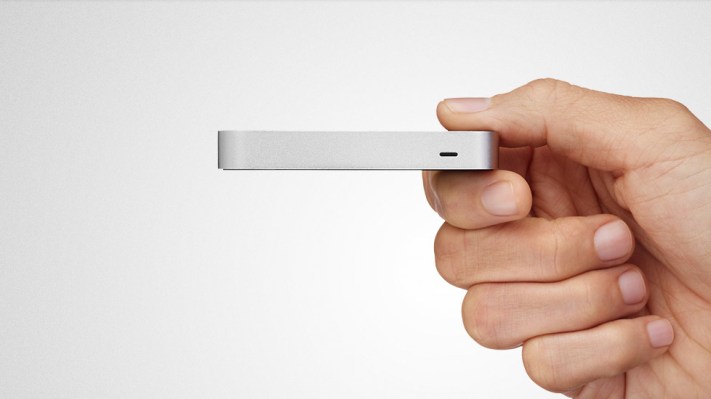The company sought to completely change how we interact with computers, but now Leap Motion is selling itself off.
Apple reportedly tried to get their hands on the hand-tracking tech, which Leap Motion rebuffed, but now the hyped nine-year-old consumer startup is being absorbed into the younger, enterprise-focused UltraHaptics. The Wall Street Journal first reported the deal this morning; we’ve heard the same from a source familiar with the deal.
The report further detailed that the purchase price was a paltry $30 million, nearly one-tenth the company’s most recent valuation. CEO Michael Buckwald will also not be staying on with the company post-acquisition, we’ve learned.
Leap Motion raised nearly $94 million off of their mind-bending demos of their hand-tracking technology, but they were ultimately unable to ever zero in on a customer base that could sustain them. Even as the company pivoted into the niche VR industry, the startup remained a solution in search of a problem.
In 2011, when we first covered the startup, then called OcuSpec, it had raised $1.3 million in seed funding from Andreessen Horowitz and Founders Fund. At the time, Buckwald told us that he was building motion-sensing tech that was “radically more powerful and affordable than anything currently available,” though he kept many details under wraps.
As the company first began to showcase its tech publicly, an unsustainable amount of hype began to build for the pre-launch module device that promised to replace the keyboard and mouse for a PC. The device was just a hub of infrared cameras; the magic was in the software that could build skeletal models of a user’s hands and fingers with precision. Leap Motion’s demos continued to impress; the team landed a $12.8 million Series A in 2012 and went on to raise a $30 million Series B the next year.
In 2013, we talked with an ambitious Buckwald as the company geared up to ship their consumer product the next year.
The launch didn’t go as well as planned for Leap Motion, which sold 500,000 of the modules to consumers. The device was hampered by poor developer support and a poorly unified control system. In the aftermath, the company laid off a chunk of employees and began to more seriously focus its efforts on becoming the main input for virtual reality and augmented reality headsets.
Leap Motion nabbed $50 million in 2017 after having pivoted wholly to virtual reality.
The company began building its own AR headset, all while it was continuing to hock tech to headset OEMs, but at that point the company was burning through cash and losing its lifelines.
The company’s sale to UltraHaptics, a startup that has long been utilizing Leap Motion’s tech to integrate its ultrasonic haptic feedback solution, really just represents what a poor job Leap Motion did isolating their customer base and its unwillingness to turn away from consumer markets.
Hand-tracking may still end up changing how we interact with our computers and devices, but Leap Motion and its later investors won’t benefit from blazing that trail.
